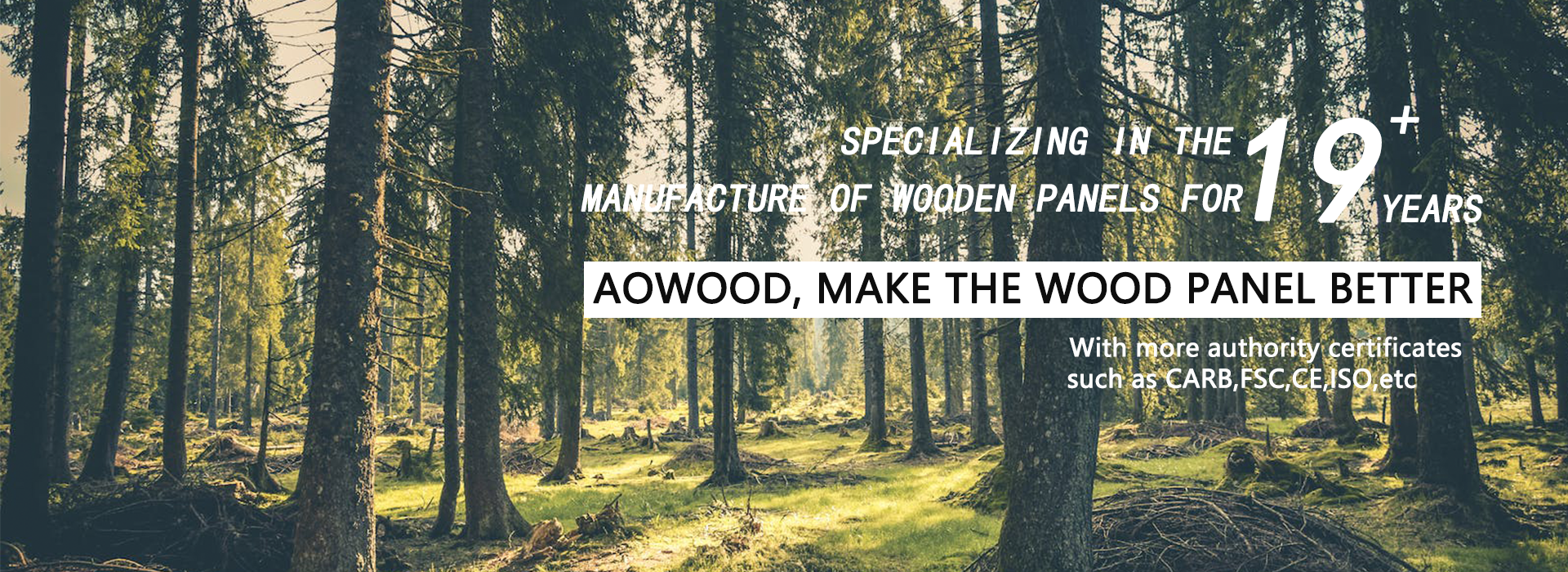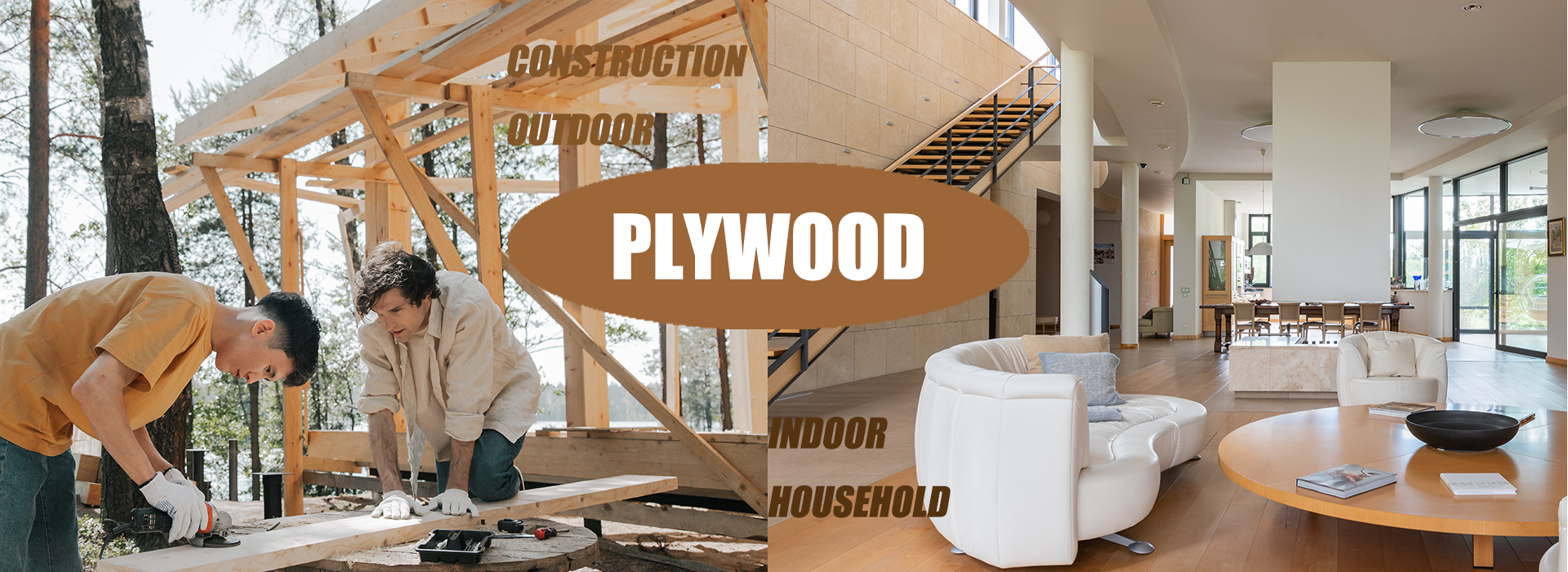New Building Decoration Materials in 2025: Trends That Are Redefining Modern Design
As technology, sustainability, and aesthetics continue to evolve, new building decoration materials in 2025 are transforming the construction and interior design industries. From smart walls to eco-friendly finishes, homeowners, architects, and contractors now have a wider array of high-performance options.
In this article, we explore the latest innovative materials shaping residential, commercial, and industrial spaces in 2025.
Top New Building Decoration Materials in 2025
1. Self-Healing Concrete Panels
What it is: Concrete embedded with bacteria or capsules that activate upon cracking.
Why it's trending: Improves longevity, reduces repair costs.
Ideal for: Wall cladding, decorative façades, structural finishes.
2. Bio-Based Wall Panels (Mushroom Mycelium, Hempcrete)
What it is: Panels made from agricultural waste, fungi, or hemp.
Benefits: Lightweight, fire-resistant, compostable, highly insulating.
Eco impact: Ultra-low carbon footprint.
3. 3D-Printed Decorative Components
What it is: Custom walls, columns, ceilings, and fixtures printed with concrete, polymers, or recycled plastic.
Use cases: Curved facades, sculptural room dividers, smart architectural features.
4. Photovoltaic Glass & Facade Panels
What it is: Decorative glass surfaces integrated with solar panels.
Benefits: Harvests solar energy while acting as windows or curtain walls.
Trending in: Green buildings, smart homes, net-zero architecture.
5. Liquid Metal Finishes
What it is: Paintable coatings that replicate brushed or oxidized metal.
Visual appeal: Bronze, copper, stainless steel, titanium effects.
Popular for: Feature walls, hotel lobbies, luxury retail.
6. Microcement Finishes
What it is: Ultra-thin cementitious coatings applied over floors, walls, or furniture.
Trends: Matte surfaces, industrial aesthetics, waterproof textures.
Used in: Minimalist bathrooms, modern kitchens, stairs, office interiors.
7. Thermochromic and Photochromic Wall Paints
What it is: Paints that change color with heat or sunlight.
Use: Smart walls, temperature indicators, ambient design.
2025 Innovation: Longer lifespan, better UV resistance.
8. Recycled Plastic Panels (Ocean Waste Materials)
What it is: Decorative wall or ceiling tiles made from marine plastic or post-consumer waste.
Benefits: Unique textures, durability, sustainable storytelling.
Used in: Commercial spaces, eco-conscious projects, restaurants.
9. Smart LED Wall Panels
What it is: Modular panels with programmable LED lighting.
Function: Lighting + decoration + interaction.
Trending in: Gyms, entertainment zones, office lobbies.
10. WPC Decorative Cladding (Wood-Plastic Composite)
What it is: A mix of recycled wood fiber and plastic.
Advantages: Waterproof, termite-proof, low-maintenance.
Used for: Interior accent walls, bathroom ceilings, exterior facades.
Why These Materials Matter in 2025
| Feature | Benefit |
|---|---|
| Sustainable | Reduce carbon emissions and waste |
| Smart & Responsive | React to environment or user behavior |
| Customizable | 3D-printing and digital fabrication options |
| Aesthetic Innovation | Sleek, futuristic, or natural designs |
| Durability | Designed for longer lifespan and minimal upkeep |
Architects & Designers: Stay ahead with trend-driven specifications.
Contractors & Builders: Offer smarter, more profitable options to clients.
Homeowners: Upgrade your home with future-proof, sustainable materials.
Retailers & Wholesalers: Stock trending materials for renovation demand.
Hot Keywords for SEO in 2025:
new building materials 2025
eco-friendly decorative panels
smart wall finishes for homes
futuristic home decoration materials
sustainable wall cladding trends
modern house interior trends 2025
3D printed architecture materials
WPC wall panels for interiors
microcement vs tile bathroom
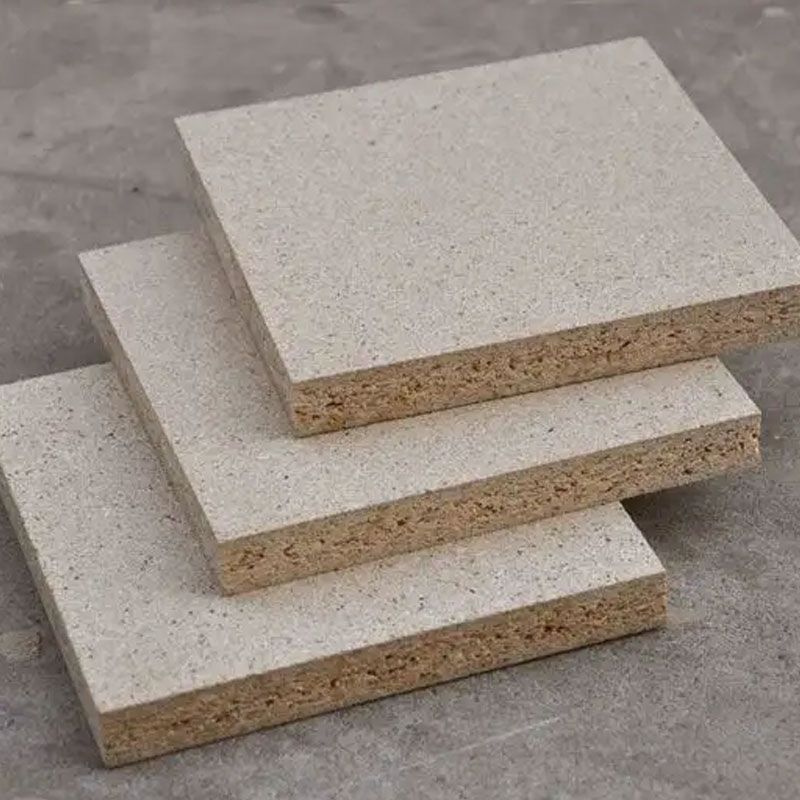 What are the disadvantages of
What are the disadvantages of
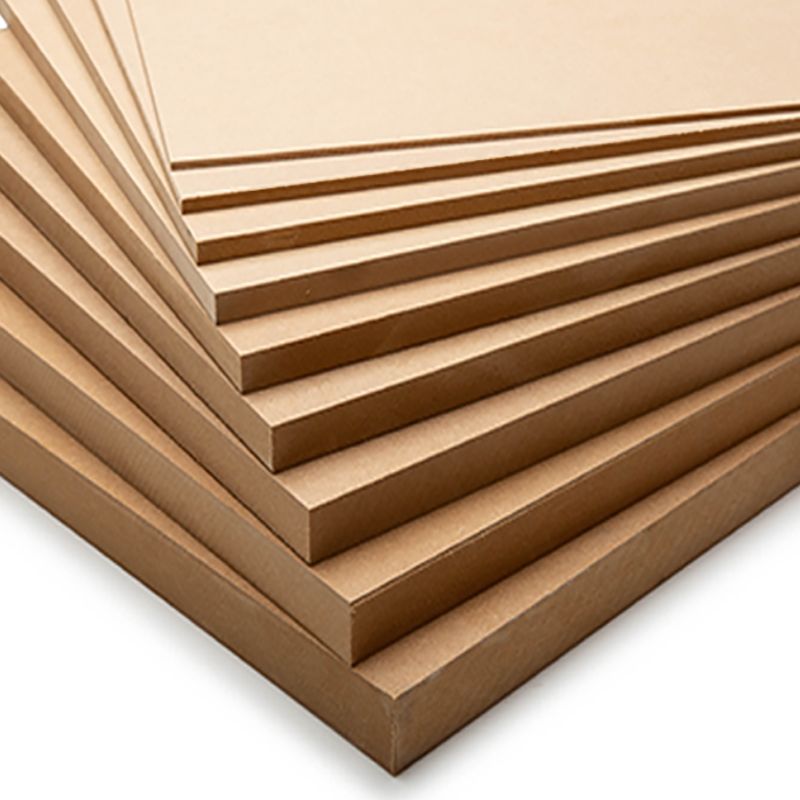 What are the disadvantages of
What are the disadvantages of
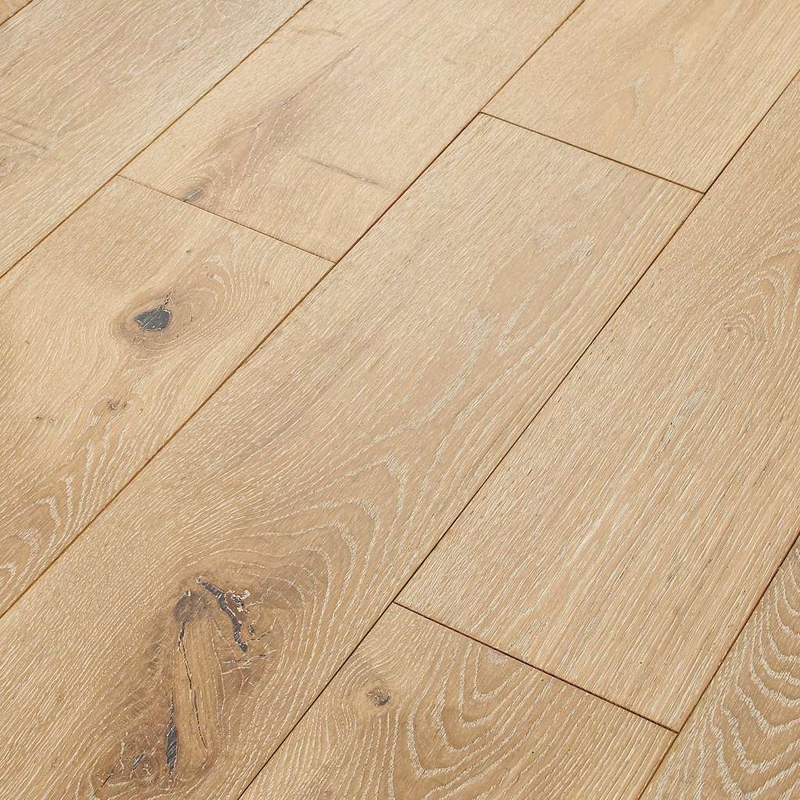 Is SPC better than laminate?
Is SPC better than laminate?
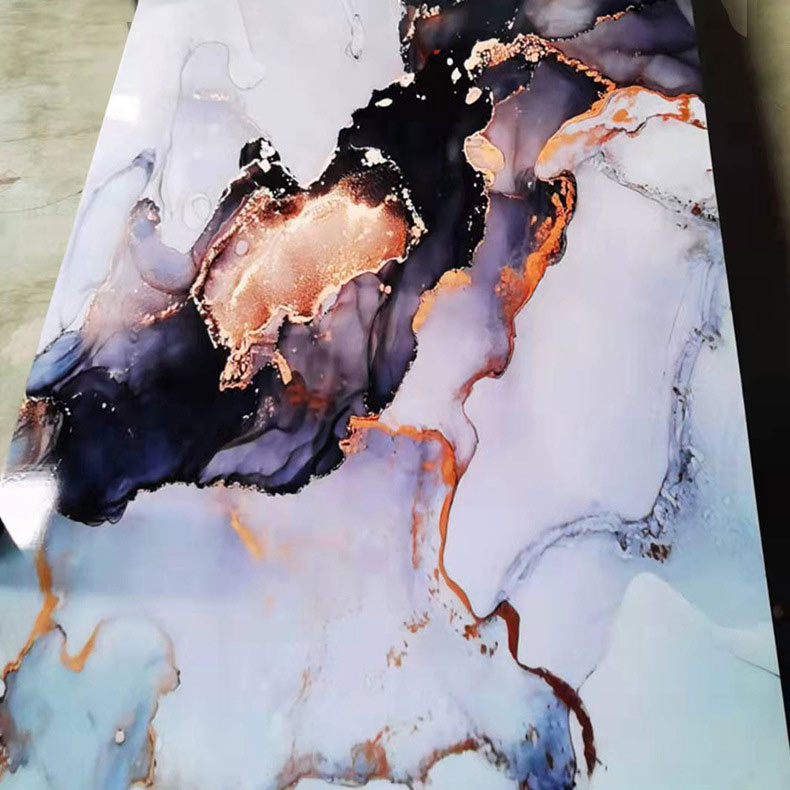 What is UV marble?
What is UV marble?

